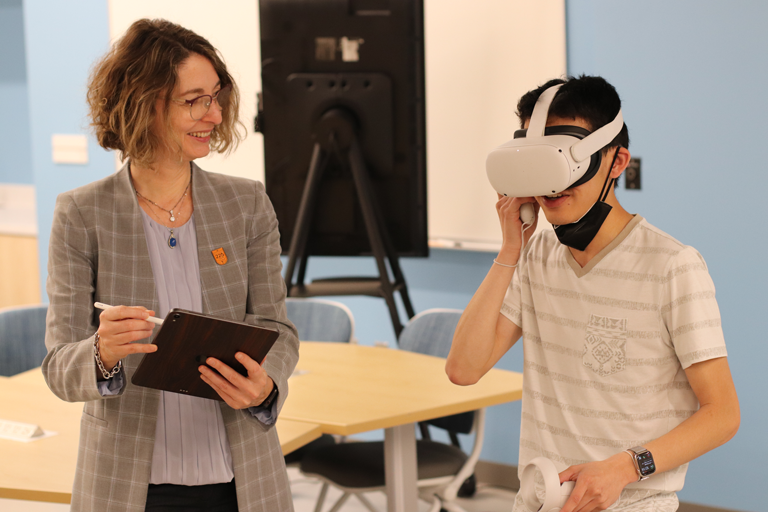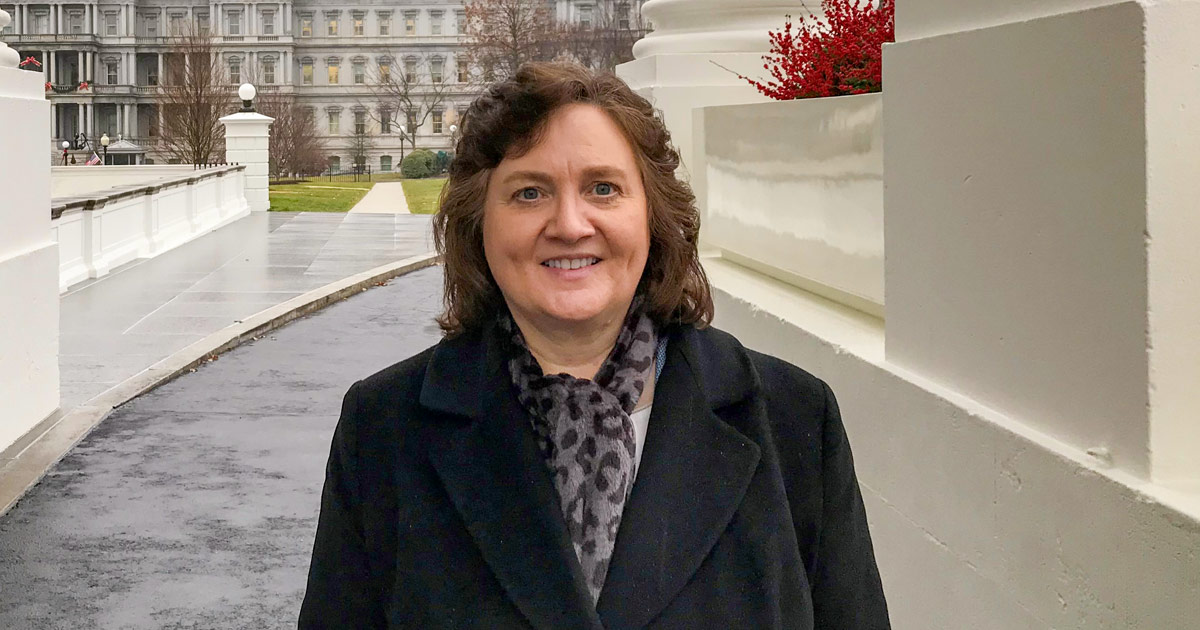Healthcare, Robotics, and
Smart technologies
Designing and testing computer-assisted technologies for rehabilitation, prosthetics, and surgical procedures; advancing smart health-management technologies to collect, integrate, and interpret real-time health data; and linking the brain-computer interface via non-invasive technologies to enhance human performance.
Advancements in technology have led to improved quality of life and extended lifespan for many, but there has been a corresponding increase of health care needs as people continue to live longer, not to mention the emergence of new technology to help tackle issues that were previously viewed as chronic or untreatable.
There is a wide array of faculty in the college helping to pursue continual expansion and innovation in health care and its related fields, including computer-assisted technologies, smart health-management innovations, and unlocking the mysteries and potential of the human brain.
In addition to our own labs and research groups, the college is a frequent partner of other entities such as the College of Nursing and UT Medical Center, giving our students, partners, and researchers the ability to work directly with people who will be implementing their designs.
Facilities
- HITS Lab
- iLab
- Center for Musculoskeletal Research
- Robotics, Engineering, Applied Continuum Mechanics, and Healthcare Laboratory
- MLab Research Group
- Advanced Imaging and Collaborative Information Processing
Involved Faculty
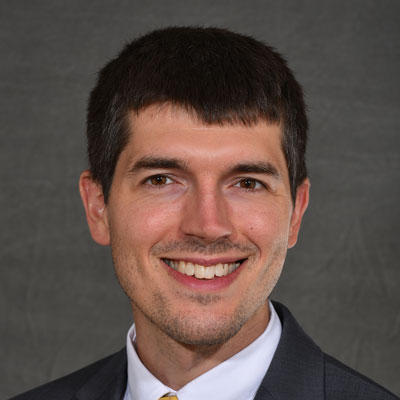
Dustin Crouch
Assistant Professor
Prosthetics and Devices
Musculoskeletal biomechanics and neuromuscular coordination; physical integration of limb prostheses with the biological residual limb; computer biomechanical models and simulations; wearable devices for movement assistance.
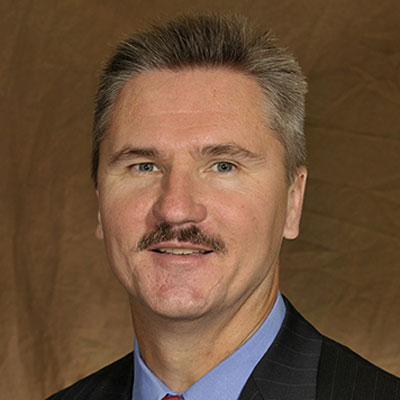
Richard Komistek
Fred M. Roddy Professor
Prosthetics and Devices
Developing mathematical models of the human body musculoskeletal system; analyzing the failure modes for total joint arthroplasty; kinematic and kinetic analysis of the human body; closed and open loop control systems of the human body; design of total joint implantable devices.
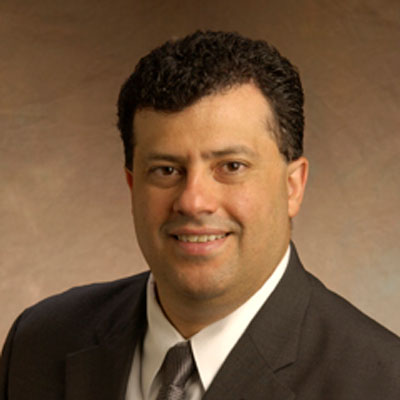
Mohamed Mahfouz
Professor
Prosthetics and Devices
Biomedical instrumentation; medical imaging and enhancement; surgical navigation; advanced visualization; orthopedic dynamic modeling; 3D bone and tissue reconstruction; vascular computational fluid dynamics; engineering analysis of surgical techniques and outcomes; anthropomorphic classification.
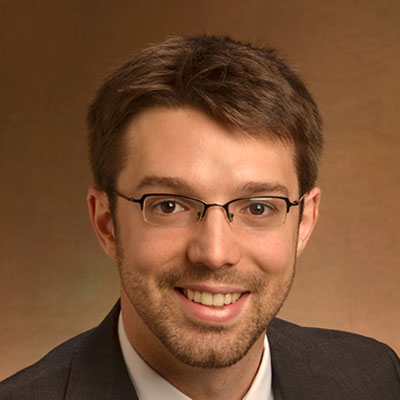
Caleb Rucker
Associate Professor
Medical Technology and Applications
Robotics; dynamics; solid mechanics; medical applications; computer-aided surgery; understanding robotic manipulators that have a continuously flexible structure; sensing the mechanical interaction between robots and soft tissue; exploring novel manipulator structures and actuation methods.
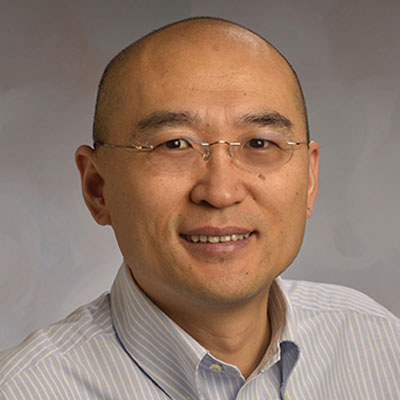
Jindong Tan
Professor
Medical Technology and Applications
Medical and surgical robotics; human-robot interactions; wearable sensors; medical control and systems; mechatronics for advanced devices; computational machinery; biomedical imaging; robotic hands and grasping.
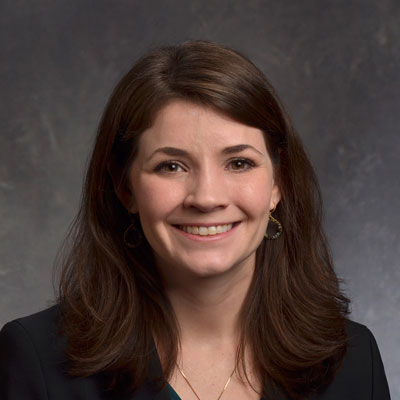
Sarah Hanrahan
Lecturer
Medical Technology and Applications
Cell and tissue engineering; physiology; biomedical engineering; biomaterials; medical devices; rehabilitation engineering; signal processing; anesthesiology; neurosciences; central nervous system; neurology and neuromuscular diseases; sensory systems; medical physiology; human biophysics; systems physiology; cognitive sciences.

Nicole McFarlane
Advance Associate Professor
Medical Technology and Applications
Biotechnology and bio-sensor design particularly for lab-on-chip applications; microfabrication and development of devices; mixed signal circuit design; noise theory for electronic systems; energy and power trade-offs in mixed signal circuit design; channel capacity of analog circuits.
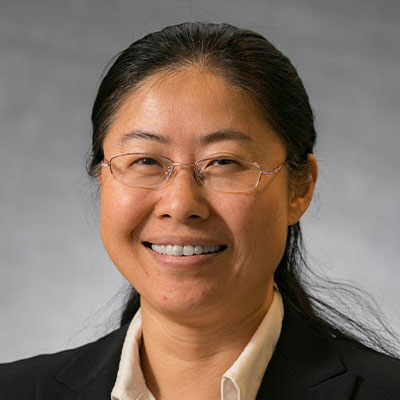
Hairong Qi
Gonzalez Family Professor
Medical Technology and Applications
Image processing; computer and machine vision; machine learning; collaborative information processing in sensor networks; hyperspectral image analysis; distributed sensor networks, pattern recognition.
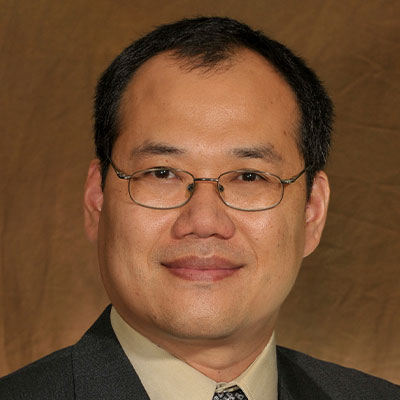
Xiaopeng Zhao
Professor
Medical Technology and Applications
Brain-computer interface; wearable healthcare; computational neuroscience; computational physiology; biomedical informatics; signal processing; machine learning; statistics; epidemic modeling and control; biomechanics; micro- and nano-systems; impact and vibration; system identification; systems dynamics; feedback control; optimal control; agent-based modeling; complex systems; nonlinear dynamics; bifurcation and chaos; stochastic dynamics.
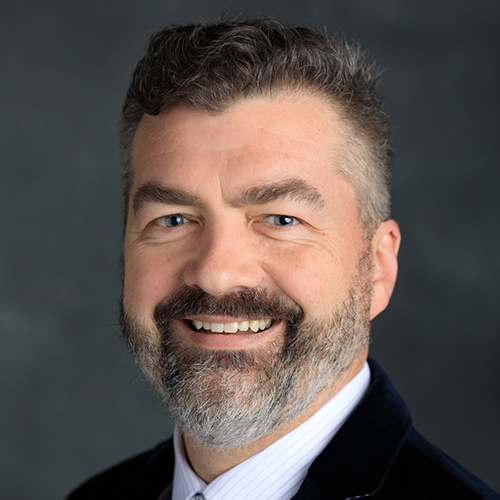
Paul Dalhaimer
Associate Professor
Medical Technology and Applications
Mammalian response to soft nanoparticles in general chemotherapy; nanomedicine; the influence of metabolic imbalances; complications from obesity; pharmacokinetics and toxicity of nanoparticles; modelling of nanoparticle efficacy in patients.
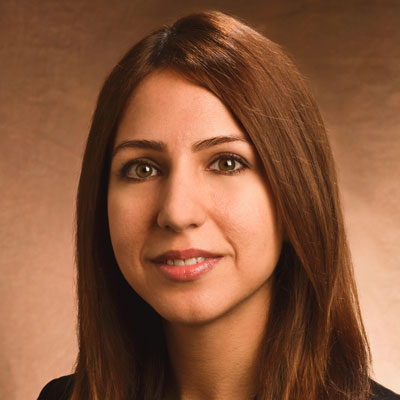
Anahita Khojandi
Associate Professor
Medical Simulation and Modelling
Medical decision making; Markov decision processes; environmental engineering and suitability; civil infrastructure planning; intelligent transportation system; maintenance optimization; dynamic programming; predictive analytics; anomaly detection; applied probability and statistics; reinforcement learning; time series analysis.
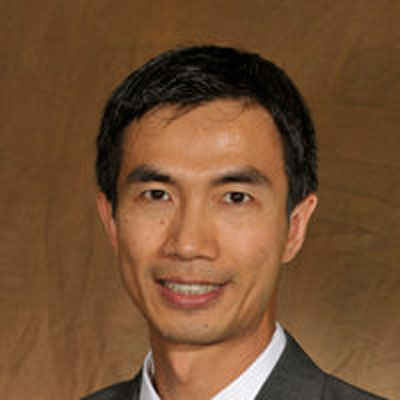
Xueping Li
Professor
Medical Simulation and Modelling
Health information technology and mobile health; health care systems engineering; complex systems modeling, simulation, and optimization; scheduling; cyber physical systems; supply chain engineering and logistics; quality of service of computer and network systems; information systems assurance.
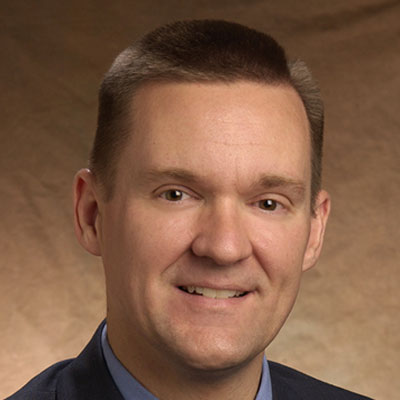
Jeffrey Reinbolt
Associate Professor
Medical Simulation and Modelling
Development of computational tools and their application to complex biodynamic systems; forward dynamics simulation-based treatment planning; patient-specific modeling; inverse dynamics simulation; optimization techniques; surgical robotics; clinical feasibility and investigative studies for product development.
Recent News
DoD Grant Takes Collaboration Between UT Institutions, 4-H to the Next Level
Several University of Tennessee Institutions are working through the Office of Navy Research to provide STEM opportunities to K-12 students via 4-H.
The Conversation: How Sensors Monitor and Measure Our Bodies and the World Around Us
Sensors are everywhere. Here’s how they turn events into words and numbers.
Parker Continues AI Leadership as Director of a New National Office
Lynne Parker, professor of electrical engineering and computer science, was named the director of the National Artificial Intelligence Initiative Office.
